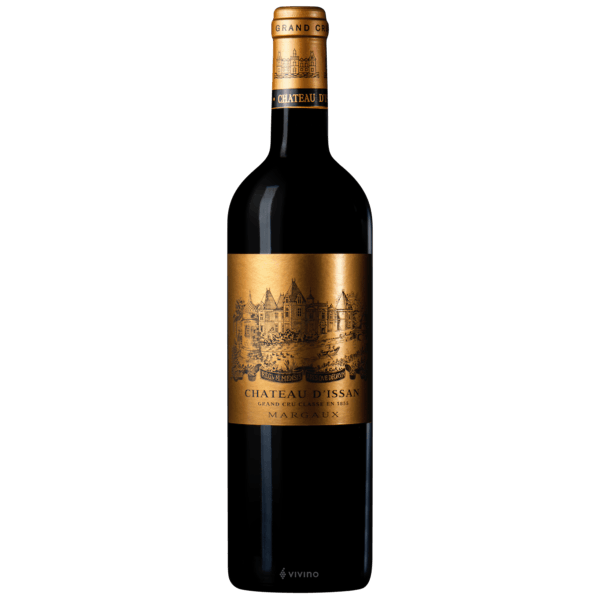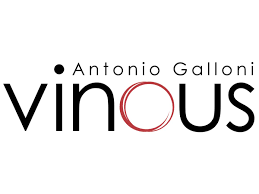



|
James Suckling |
96/100
|

|
Robert Parker |
96/100
|

|
Decanter |
95/100
|

|
Vinous - A. Galloni |
94/100
|

|
Jancis Robinson |
17/20
|

Under the law of Singapore, intoxicating liquor must not be sold or supplied to a minor in the course of business.